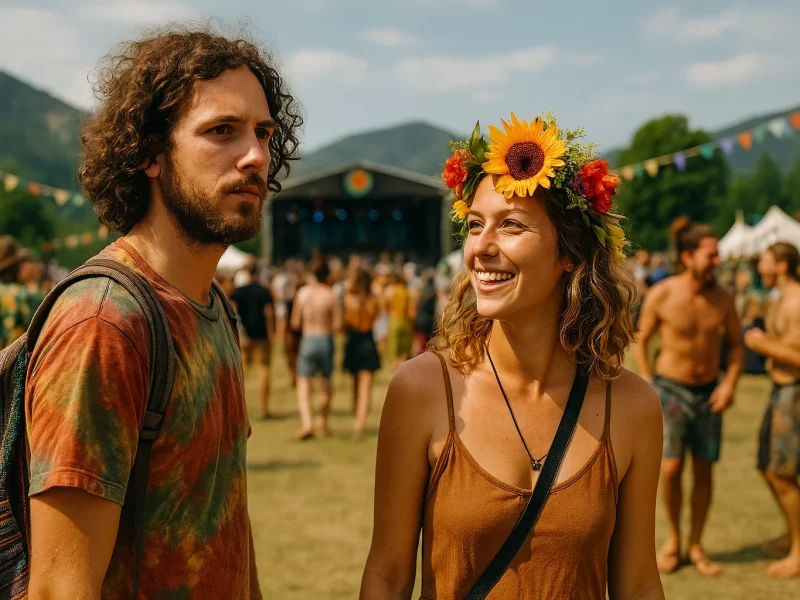The vibrant city of Rio de Janeiro comes alive each year with the world-renowned Rio Carnival, a dazzling display of music, dance, and spectacle that captivates millions of locals and visitors alike. This annual event is more than just a festival; it’s an exhilarating celebration of Brazilian culture, history, and passion that transforms Rio into one massive, open-air party.
The origins of the Rio Carnival date back to 1723 when Portuguese settlers brought the tradition of celebrating the beginning of Lent with parades and revelry. Over time, African influences and the emergence of samba music in the early 20th century reshaped the event into its modern incarnation. Today, it has grown into a global phenomenon that attracts over two million people each day to the streets of Rio.
The heart of the Rio Carnival is the Sambadrome, a purpose-built parade arena where samba schools compete for the coveted championship title. These schools are community-based organizations that spend an entire year preparing elaborate floats, costumes, and choreography. The parades feature thousands of performers, including dancers, drummers, and singers, who showcase their school’s theme through intricate storytelling.
The energy at the Sambadrome is electric as each samba school takes to the runway for a 90-minute performance. The air vibrates with the deep, rhythmic beats of the bateria (drum section), while feathered headdresses glitter under the stadium lights. Spectators dance in their seats, clapping and singing along to the infectious samba rhythms.
But the Carnival experience isn’t limited to the Sambadrome. Throughout Rio, impromptu street parties called blocos erupt as bands play music from floats or the back of pickup trucks. Participants dressed in colorful costumes dance through the streets, spraying passersby with foam and confetti. These blocos are an integral part of the Carnival spirit, allowing everyone to join in the festivities.

For those seeking a more intimate experience, Rio’s samba clubs offer live music and dancing every night during Carnival. Here, talented musicians belt out classic sambas as patrons sway on the dance floor, learning the complex footwork that defines this iconic Brazilian dance style.
Beyond the music and dancing, the Rio Carnival showcases Brazil’s rich cultural heritage through its costumes and themes. Each samba school’s ensemble is a masterpiece of craftsmanship, incorporating feathers, sequins, and glitter into elaborate headdresses, costumes, and accessories that can weigh up to 20 pounds. The themes explored in the parades range from historical events to environmental issues, providing insight into Brazilian society.
The Rio Carnival’s impact extends far beyond its five-day duration. It generates billions of dollars for the local economy through tourism and related industries such as food and beverage sales, transportation, and accommodations. More importantly, it fosters a sense of community pride and unity among Cariocas (Rio residents) who come together to celebrate their city’s vibrant spirit.
As the sun sets on each day of Carnival, fireworks light up the night sky over Copacabana Beach, signaling the start of the late-night parties that continue until dawn. The beach becomes a sea of revelers, with music blaring from sound systems and vendors selling caipirinhas (Brazil’s national cocktail). This is when the real magic happens – strangers become friends, barriers dissolve, and everyone is united in the shared joy of celebrating life.
In essence, the Rio Carnival is more than just an event; it’s a way of life. It encapsulates Brazil’s zest for living, its passion for music and dance, and its unwavering optimism even in the face of challenges. For one glorious week each year, Rio transforms into a city without limits, where anything seems possible under the warm glow of Carnival fever. To witness this spectacle is to fall in love with Brazil – its people, its culture, and its indomitable spirit. The Rio Carnival truly is a sizzling sensation that sets hearts on fire and leaves an unforgettable mark on the soul.
